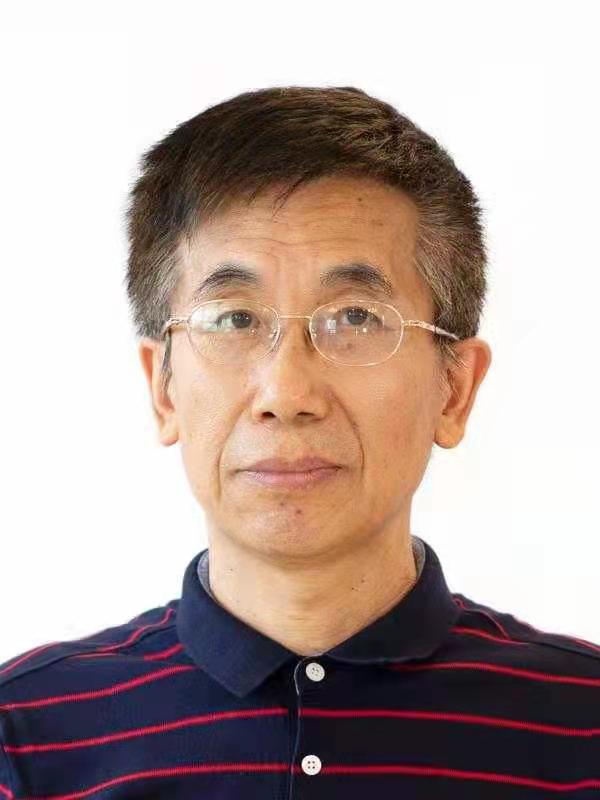 FENG Zhiqiang
Principal Investigator
FENG Zhiqiang
Principal Investigator
Feng graduated from the Department of Chemistry of Beijing Normal University in 1999 with a doctorate. In 2000, he worked as a post-doctoral fellow in the academician Huang Liang's lab, Institute of Materia Medica at CAMS and PUMC. Since 2002, he has been working at IMM, engaged in molecular design and synthesis of drugs and R&D of new drugs. With the support of some national projects, more than 50 national invention patents have been applied for, more than 30 patents have been authorized, and more than 30 articles have been published. Three candidate drugs realized the transformation of achievements. At present, the research group is mainly engaged in the R&D of new drugs for the treatment of malignant tumors, especially the R&D of anti-tumor molecular targeted drugs and anti-tumor immunotherapy small molecule drugs. It includes: (1) R&D of novel small molecule inhibitors for immune checkpoint; (2) R&D of tumor immunotherapy diagnostic reagent based on PD-L1 target; (3) R&D of anti-tumor immunotherapeutic agents that specifically target tumor tissue; (4) R&D of small molecule anticancer agents based on PROTAC technology; (5) R&D of multi-functional targeted anti-tumor drugs based on targeting tumor stem cells.
1. Design, synthesis, evaluation, and SAR of 4-phenylindoline derivatives, a novel class of small-molecule inhibitors of the programmed cell death-1/ programmed cell death-ligand 1 (PD-1/PD-L1) interaction. European Journal of Medicinal Chemistry, 2021,211:113001.
2. Design, synthesis, and structure-activity relationship of programmed cell death-1/programmed cell death-ligand 1 interaction inhibitors bearing a benzo[d]isothiazole scaffold. European Journal of Medicinal Chemistry, 2021,217:113377.
3. Design, synthesis, and biological evaluation of 1-methyl-1H-pyrazolo [4,3-b]pyridine derivatives as novel small-molecule inhibitors targeting the PD-1/PD-L1 interaction. Bioorganic Chemistry, 2021,114:105034.
4. Palladium-Catalyzed One-Pot Synthesis of 2-Substituted Quinazolin-4(3H)-ones from o-Nitrobenzamide and Alcohols. RSC Advances , 2021,11:13119-13123.
5. Design, Synthesis and Biological Evaluation of Phenyl Urea Derivatives as IDO1 Inhibitors. Molecules, 2020,25:1447.
6. The potential role of glucokinase activator SHP289-04 in anti-diabetes and hepatic protection. European Journal of Pharmacology, 2018, 826:17-23.
7. The molecular mechanisms of a novel multi-kinase inhibitor ZLJ33 in suppressing pancreatic cancer growth. Cancer Letters, 2015,356:392-403.
8.Synthesis and anti-proliferative activity evaluation of sorafenib derivatives with a 3-arylacryloyl hydrazide unit. Med Chem Res, 2015,24:1733-1743.
9. Discovery of novel urea derivatives as dual-target hypoglycemic agents that activate glucokinase and PPARgamma. European Journal of Medicinal Chemistry, 2014,76:182-192.
10.Design, synthesis and activity evaluation of the GK/PPARγ dual-target-directed ligands as hypoglycemic agents. ChemMedChem, 2014,9:922-927.
11. Synthesis and in vitro cytotoxic activities of sorafenib derivatives. Chinese Chemical Letters, 2014,5(25):702-704.
12. Novel phenyl-urea derivatives as dual-target ligands that can activate both GK and PPARg. Acta Pharmaceutica Sinica B, 2012, 2(6):588-597.
13. Novel N-(pyrimidin-4-yl)thiazol-2-amine derivatives as dual-action hypoglycemic agents that activate GK and PPARg. Acta Pharmaceutica Sinica B, 2011,1(3):166-171.
